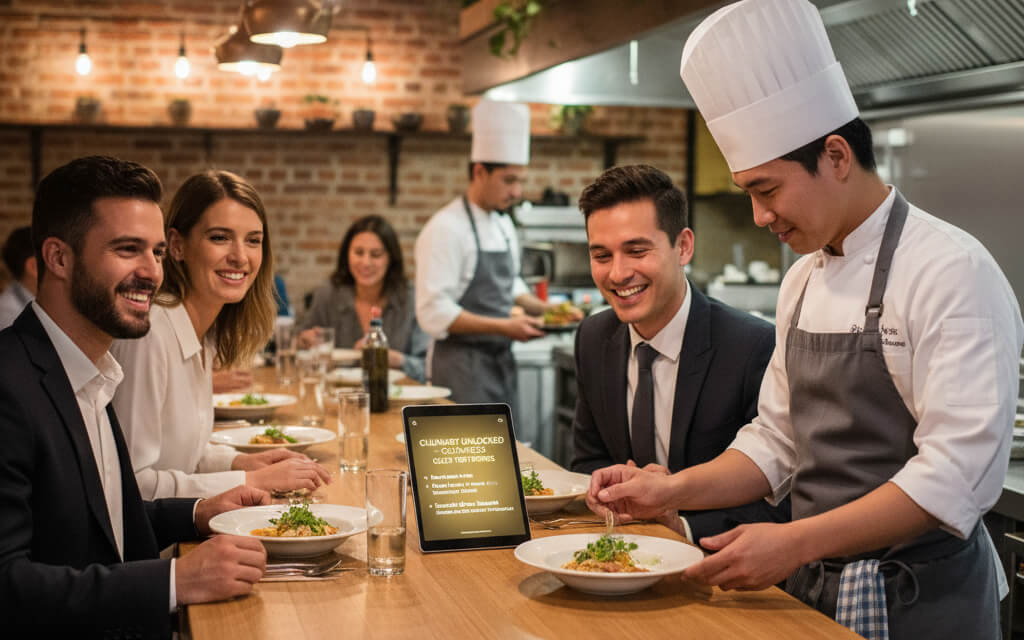The restaurant industry is evolving rapidly, and one of the most intriguing trends is the rise of subscription-based dining models. Offering patrons exclusive perks for a recurring fee, this approach is reshaping customer loyalty strategies and revenue predictability. But is it a passing fad or a sustainable business model for the future?
1. The Rise of Subscription Models
Subscription services are no longer limited to entertainment or fitness — restaurants are now experimenting with monthly plans that offer meals, drinks, or special access. For instance, Panera Bread’s "Unlimited Sip Club" provides members with unlimited beverages, driving repeat visits and creating a consistent revenue stream (Food & Wine). Taco Bell’s "Taco Lover's Pass" encourages daily visits with a simple subscription model that adds value through app engagement (Get Craver).
As more establishments explore this model, it's important to understand the opportunities and potential challenges it brings.
2. Benefits for Restaurant Owners
Subscription models offer several compelling advantages for restaurant owners:
- Predictable Revenue: Recurring payments can stabilize cash flow, allowing better planning for staffing, inventory, and marketing campaigns. This predictability gives restaurant owners more control over their financial forecasting.
- Customer Retention: Subscribers tend to visit more frequently and engage more deeply with your brand, which fosters long-term loyalty. Training your staff to guide customers through your subscription offerings can amplify engagement and deepen relationships. For staff training tips, see this guide on how to effectively equip your team.
- Data-Driven Insights: Subscription services provide invaluable data on customer preferences and behavior, helping you refine menu planning and marketing strategies. This data-driven approach helps improve your customer experience and operational efficiency.
- Enhanced Reputation: Promoting your subscription program and encouraging customers to share their experiences online can build trust and boost your restaurant’s credibility. Managing your restaurant's reputation is key for long-term success, and you can find strategies to do this in the restaurant reputation guide.
3. Crafting an Effective Subscription Program
For a subscription model to succeed, it’s essential to design an offering that delivers clear value and engages subscribers continuously. Consider these tips:
- Clear Value Proposition: The benefits must outweigh the cost of the subscription. Exclusive menu items, priority seating, or free delivery can make the subscription feel like a must-have for loyal patrons.
- Engagement & Retention: Keep subscribers active and engaged through loyalty perks or special events, such as members-only tasting nights or VIP promotions. Explore effective loyalty programs for restaurants in this guide.
- Seamless Online Integration: A smooth digital experience is critical to a successful subscription model. Restaurants without a proper website risk missing out on potential subscribers who prefer a seamless and easy sign-up process. Check out this guide to understand the risks of not having a website.
Tools like Square for Restaurants (Square) and Toast POS (Toast) can streamline subscription management, track customer activity, and facilitate payments, allowing you to focus on providing a great experience.
4. Examples of Successful Subscription Programs
Several restaurant chains have successfully adopted subscription models, proving their potential as a sustainable business model:
- Panera Bread: The "Unlimited Sip Club" drives repeat visits by offering a simple, high-value perk that keeps customers coming back. This model has successfully created a sense of exclusivity and value, fostering strong brand loyalty (Food & Wine).
- Taco Bell: The "Taco Lover's Pass" encourages daily engagement through its subscription, which appeals to loyal customers who crave consistency. By integrating the model with the Taco Bell app, the brand builds a deeper connection with tech-savvy consumers (Get Craver).
- PF Chang’s: Premium subscriptions offer perks like free delivery, exclusive menu access, and special events for members. This model not only drives repeat business but also gives customers a premium experience that enhances the restaurant’s reputation (Get Craver).
5. Is It the Future?
While subscriptions bring predictable revenue and foster customer loyalty, they require careful planning and consideration:
- Understand Your Audience: Ensure your clientele sees value in a recurring fee. The subscription model might not be suitable for all restaurant types. For instance, fine-dining establishments may find this approach more challenging than fast-casual or quick-service restaurants.
- Operational Readiness: Make sure your infrastructure is prepared for the increased volume of customers. Subscription programs can bring more regularity to orders, but this must not affect food quality or service.
- Financial Viability: Weigh the upfront costs of implementing a subscription program against the potential revenue benefits. Consider factors such as marketing, staff training, and software integrations when calculating the cost of running a subscription service.
Restaurants that successfully integrate subscription models with strong digital presence, staff training, and loyalty incentives will be in a prime position to capitalize on this evolving trend.
Conclusion
Subscription-based dining is more than a novelty; it represents a strategic shift toward customer retention and predictable revenue streams. By offering compelling benefits, training staff to promote your subscription offerings, and leveraging digital tools like Toast POS and Square for Restaurants, you can position your restaurant at the forefront of this innovative business model.
While it may not be suitable for every restaurant, for those who are prepared to invest in customer engagement and streamline operations, subscription-based dining can lead to sustained growth, loyalty, and a competitive edge in the evolving restaurant industry.
